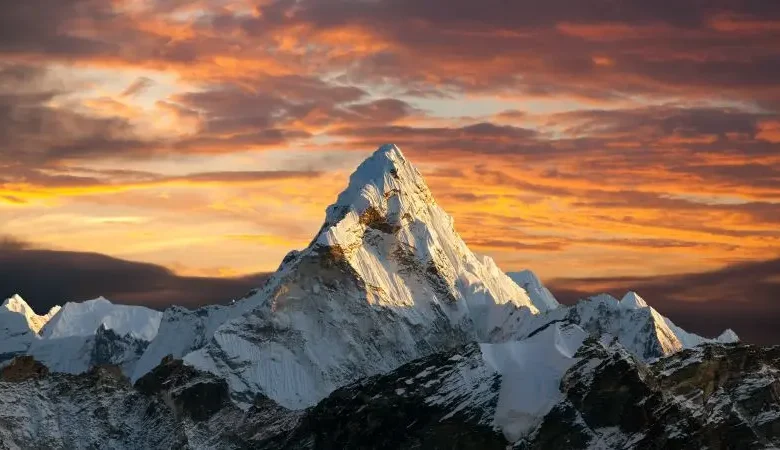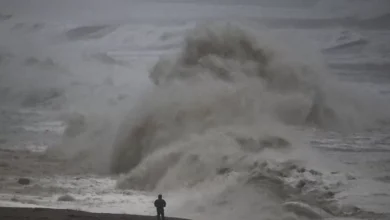Mount Everest summit is in danger due to melting ice

The iconic Himalayas are facing a pressing issue, climate warming and the subsequent acceleration of the melting Khumbu Glacier near Mount Everest’s summit. This alarming development was highlighted in a report published by the Wall Street Journal.
The article emphasizes the worry surrounding the situation, as Mount Everest and the Khumbu Glacier have long served as the gateway to the world’s highest peak. Climate change not only poses a threat to the natural landscape of the region but also jeopardizes the livelihoods that depend on it. The increasing temperatures, coupled with the bustling activity in Base Camp situated directly on the glacier, present significant challenges.
The Himalayan region is witnessing a faster melting rate of glaciers compared to the global average, putting the vital water sources of the Indian subcontinent at risk.

In response to the impact of melting ice, the Nepalese government has considered moving the camp to the base of the mountain. However, the decision was rejected due to concerns that it would lengthen the already arduous climbing process, particularly after the occurrence of 18 deaths this year.
The consequences of this situation extend far beyond climbing itself. Mount Everest is one of Nepal’s most important tourist attractions, providing more than a million jobs and contributing significantly to the country’s economy. According to the World Travel and Tourism Council, the industry contributed $2.4 billion to Nepal’s GDP in 2022, accounting for 6.1% of the total.
The report suggests relocating Base Camp to Gorak Shep, a location further along the climbing route. However, this option presents challenges regarding water supply and increased risks for climbers.

Additionally, the report highlights the impact of human activities in Base Camp, such as the use of propane gas and the improper disposal of liquid waste in the Khumbu River. These activities contribute to the acceleration of the river’s melting.
Rescue operations are becoming increasingly difficult due to the fragility of the road to the summit, making it challenging to aid trapped climbers.
The fate of Mount Everest and the livelihoods it supports hang in the balance, necessitating swift and decisive action to ensure the continued safety and sustainability of the world’s most famous summit.










